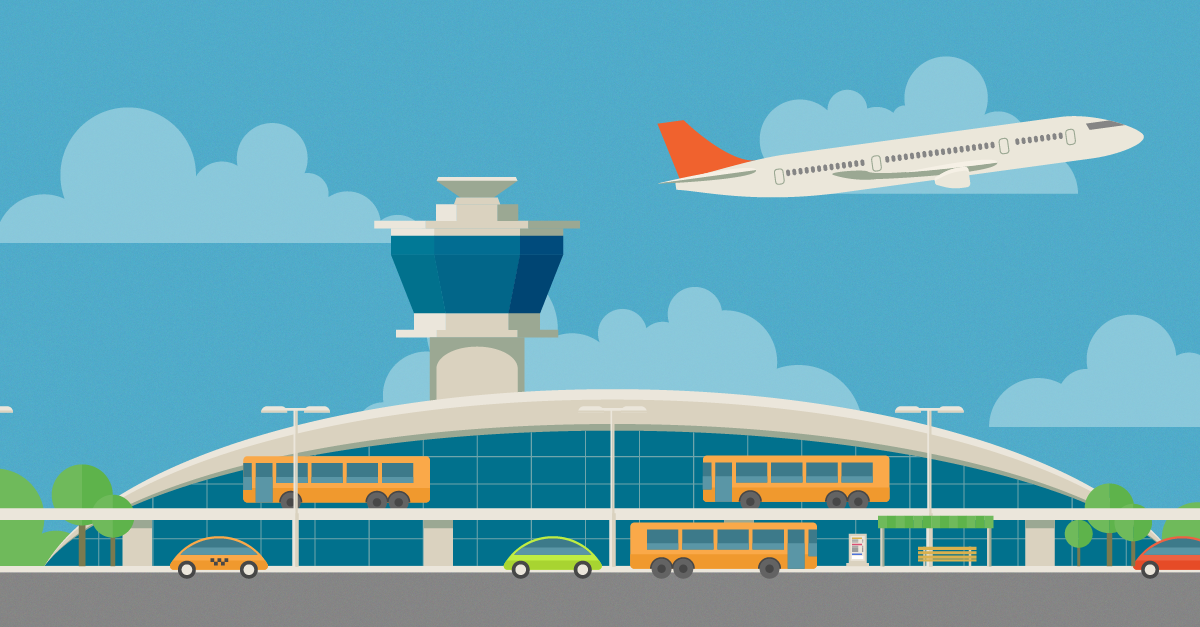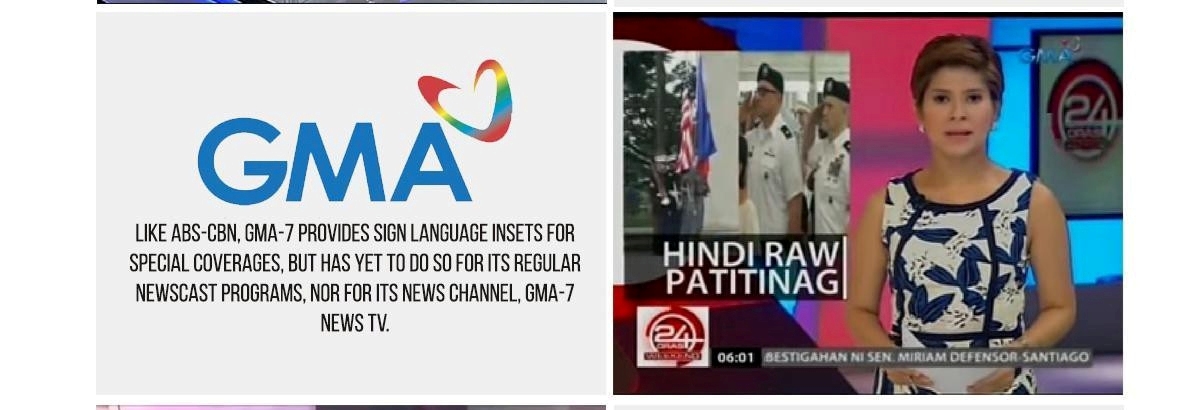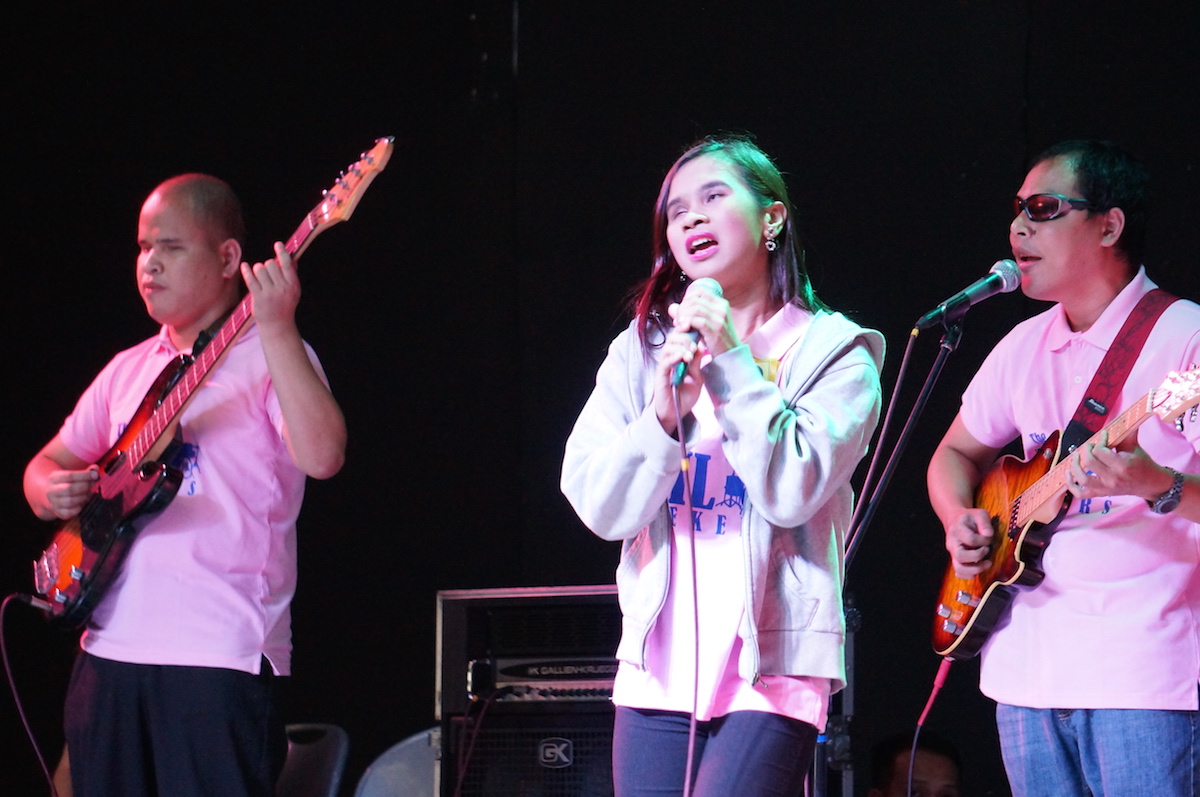
By JAKE SORIANO
THE “Visit the Philippines” 2015 campaign is well underway and those involved in the program are working to ensure that persons with disabilities will also get to enjoy the best the country has to offer.
Stakeholders from the tourism, transportation and disability sectors are pushing for measures to pursue what they call “accessible tourism for all.”
The National Council on Disability Affairs (NCDA) and the Department of Tourism (DOT) last week held in Legazpi City a one-day seminar for personnel who provide frontline tourism services to the general public, including PWDs.
Among the participants were front desk personnel of hotels and restaurants, tour guides and transport operators, and owners of souvenir shops.
The seminar provided participants an avenue to learn and practise the right ways of handling customers with disabilities such as persons with mobility, hearing and visual impairments, among others, the NCDA said in a news release.
Acting Executive Director Carmen Zubiaga said, “These include lectures and demonstrations on basic courtesies, handling their special needs and such other concerns required by the customer-PWDs.”
In a separate interview, Zubiaga told VERA Files that the seminar is part of a series of trainings nationwide to improve tourism for PWDs.
The head of the NCDA had earlier said that the tourism and transportation departments of the country should “look at accessibility as an investment towards economic growth.”
The tourism industry has seen positive developments in the first quarter of the year, with the DOT reporting a 6.26 percent growth in tourist arrivals, or 1.39 million visitors over last year’s 1.31 million for the same period.
“Auguring well for the tourism industry is the consistent positive growth in visitor arrivals from January to March,” the tourism department noted in its website.
“Everyone will benefit (from accessible) tourism, including persons with disabilities,” said Zubiaga in an earlier forum.
“They are also tourists.”
The NCDA, she said, is actively campaigning for more accessible air transport.
Meanwhile, the Department of Transportation and Communications (DOTC) this month announced that it would create a new classification for public utility vehicles (PUVs) serving the Ninoy Aquino International Airport (NAIA) and other airports in the country.
Higher capacity vehicles with improved service levels and enhanced features would fall under this category, it said in a news release.
“Airport buses will be required to comply with improved service levels, such as being equipped with on-board closed-circuit television cameras, global positioning system (GPS) devices, automated bus arrival electronic displays, cashless or automated fare collection systems, and free wi-fi,” the release noted.
“Technical features such as low floor height within a range of 0.28 to 0.38 meters, as well as appropriate luggage compartments, will be required for passenger convenience.”
DOTC Sec. Jun Abaya said that the move is part of the department’s bus reform program, which seeks to improve the safety and convenience of arriving airline passengers, and boost mobility.
“These new bus categories are cost-effective solutions that can cut down travel time, aid in decongesting clogged streets, and enhance passenger experience through scheduled trips and orderly boarding and alighting procedures,” he said.


